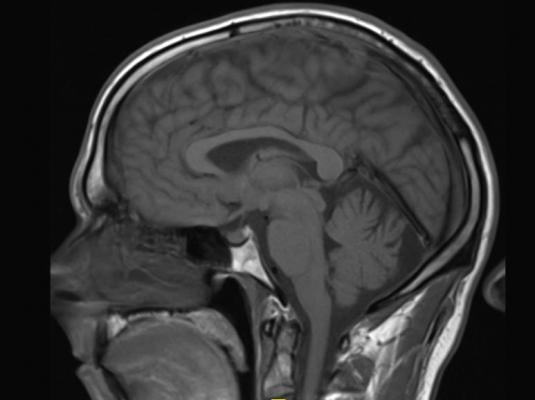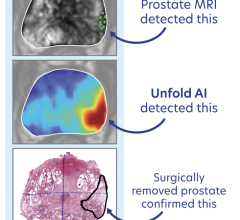
June 16, 2015 - The prostate-specific membrane antigen (PSMA) biomarker is the bullseye for three new magnetic resonance imaging (MRI) agents that bind to the protein in not only prostate cancer, but a range of tumor types. The agents were discussed in research unveiled at the 2015 annual meeting of the Society of Nuclear Medicine and Molecular Imaging (SNMMI).
'We have shown in this proof-of-concept study that PSMA could serve as a biomarker for MR-based molecular imaging due to its high concentration within target cells, limited expression within non-targeted tissues and accessibility on the cell surface,' said Sangeeta Ray, Ph.D., principal investigator for the study and assistant professor in the Russell H. Morgan Department of Radiology and Radiological Science at the Johns Hopkins Medical Institutions in Baltimore, Maryland.
PSMA is found in both primary and metastatic prostate tumors, and within newly developing blood vessels of many non-prostate cancers. An investigational imaging agent, if approved, could one day contribute to patient management by helping clinicians direct biopsies and cancer therapies.
In this study, PSMA binding affinities were assessed for three MR contrast agents, which were then imaged in living cells using a 9.4 Tesla magnet MR system. Results of the study showed the three synthesized gadolinium-based contrast agents (Gd-1, Gd-2, and Gd-3) were able to assess parameters of PSMA in the experimental cell lines and mouse models of prostate cancer. Gd-3 demonstrated the most MR contrast enhancement, about 36 percent, and demonstrated PSMA-mediated uptake on MR images of mice.
As encouraging as the research is, these agents are still in preliminary stages of study and will need to be investigated further.
'With adequate funding, we estimate that a lead compound could be tested in human patients within the next two to three years,' said Ray.
For more information: www.snmmi.org


 April 10, 2024
April 10, 2024 








